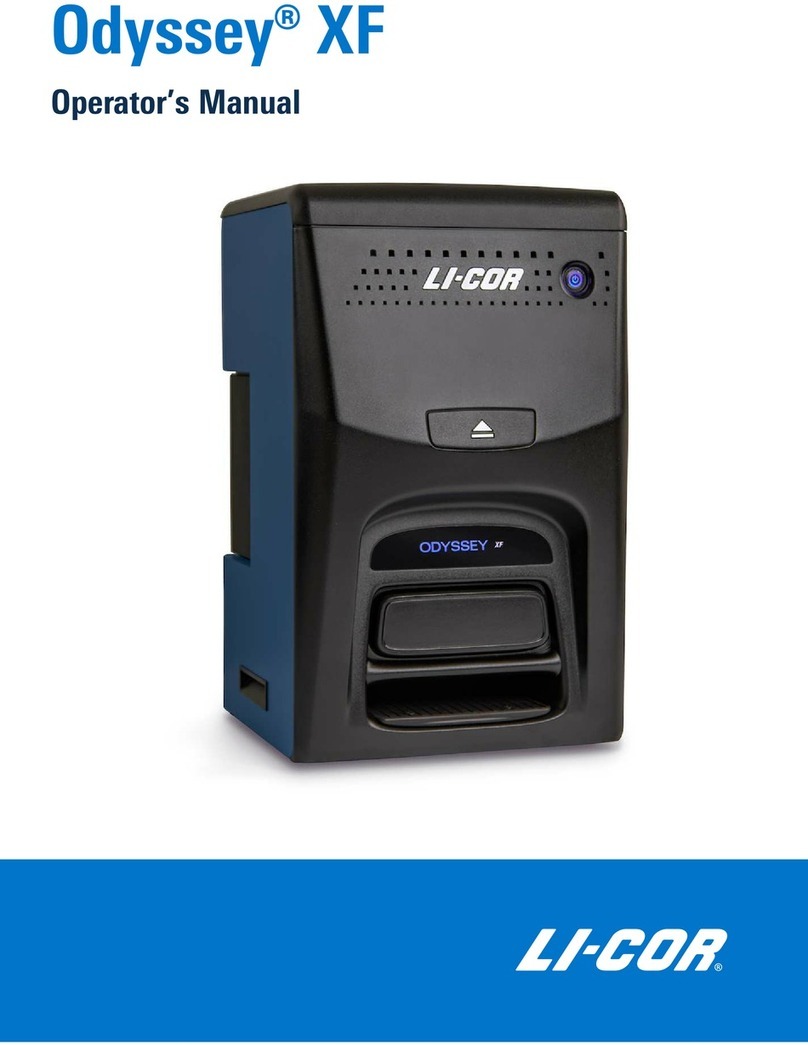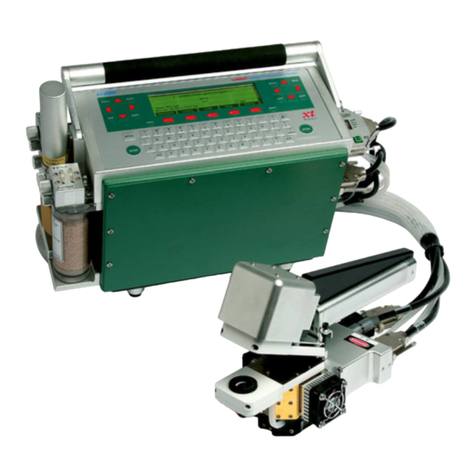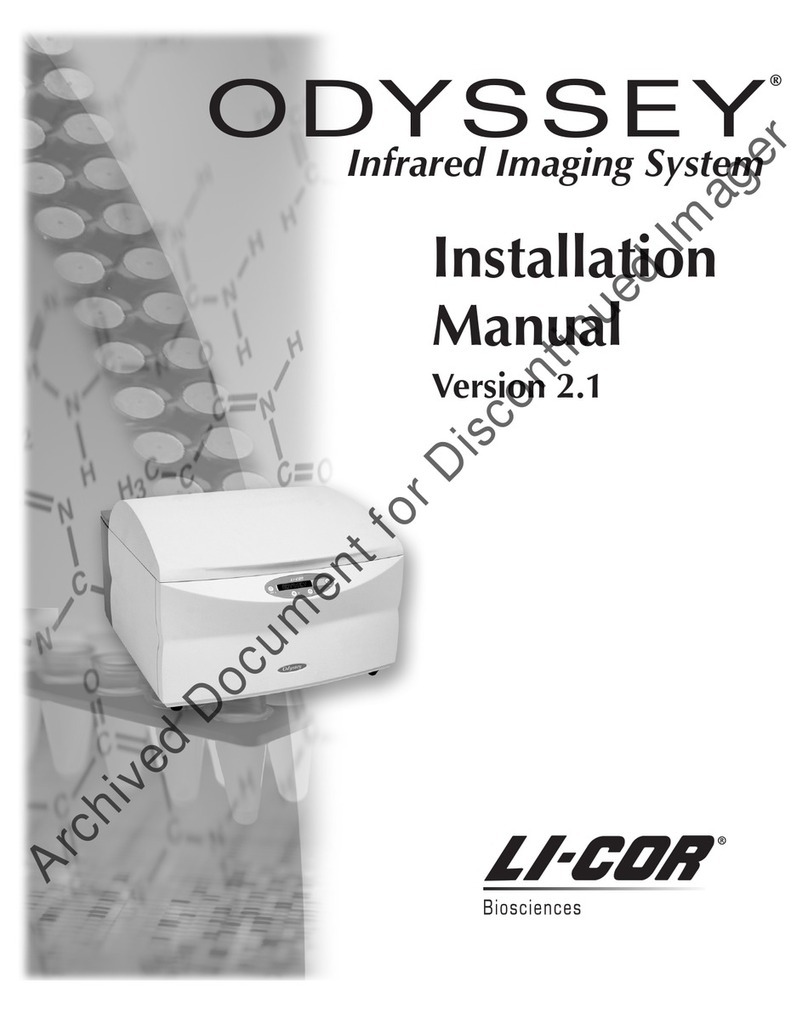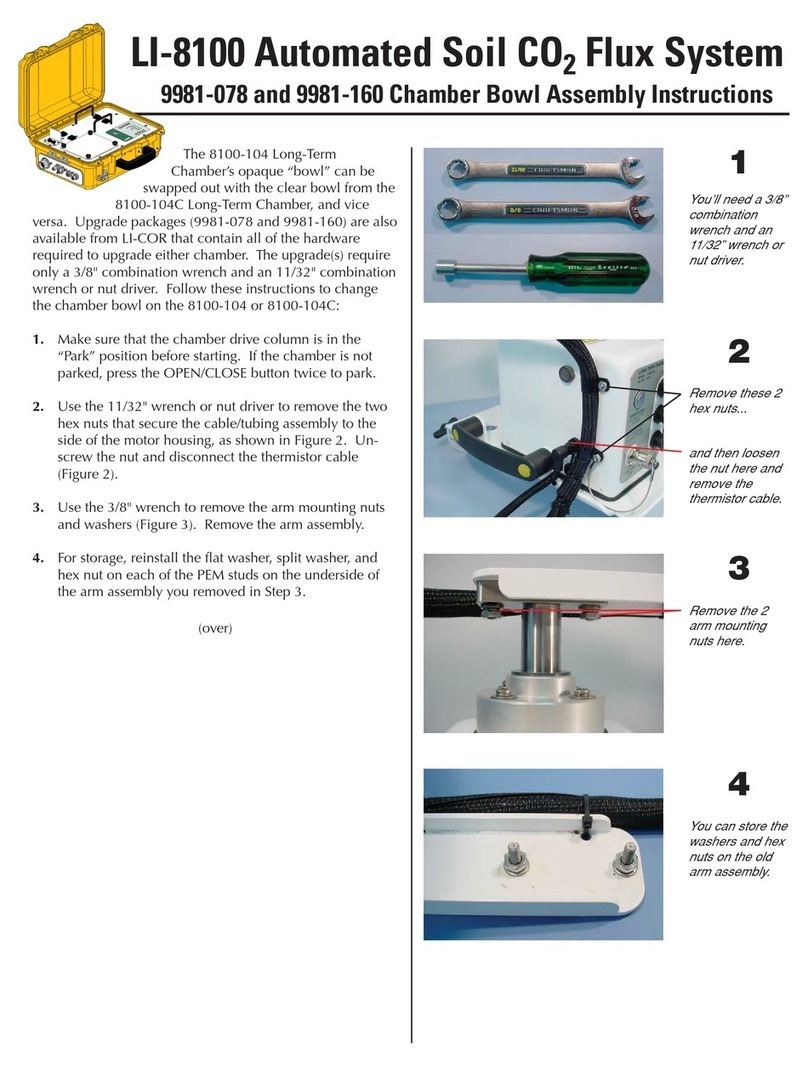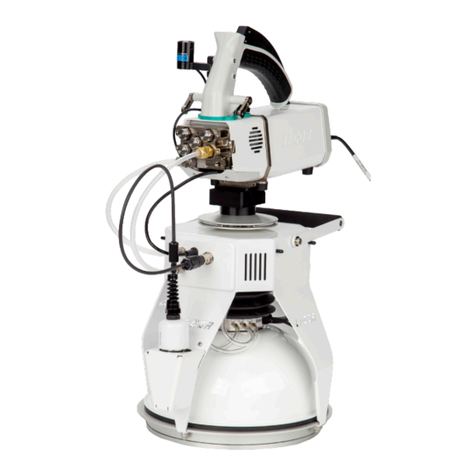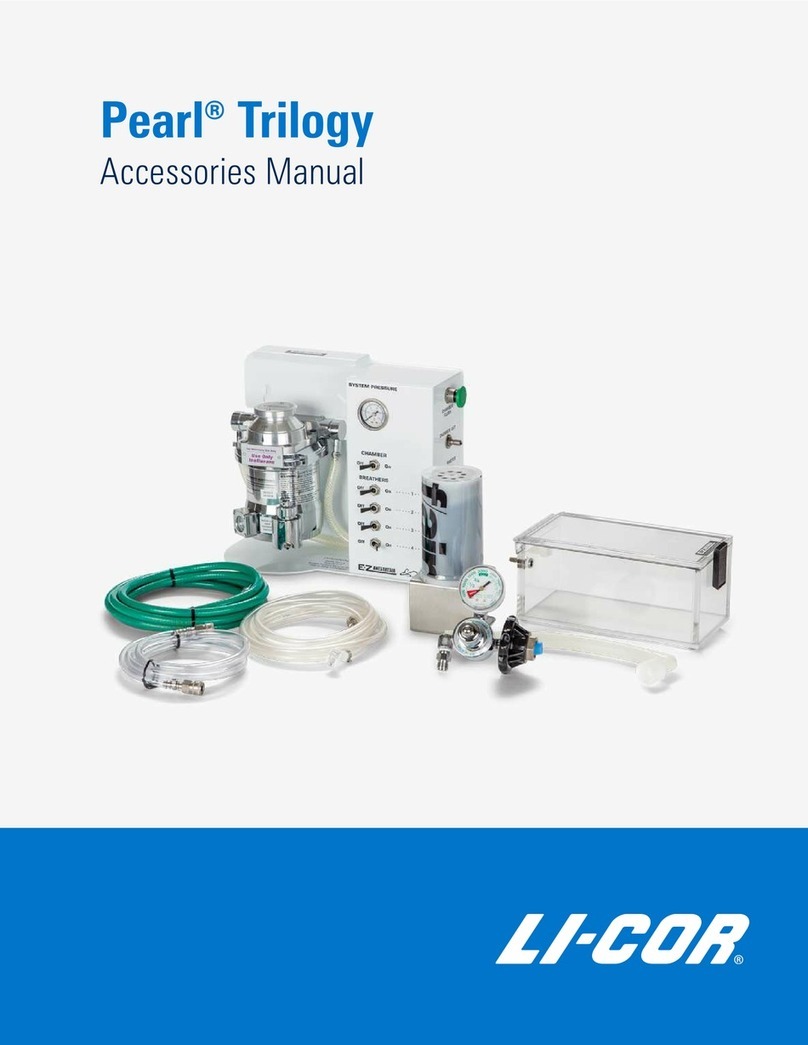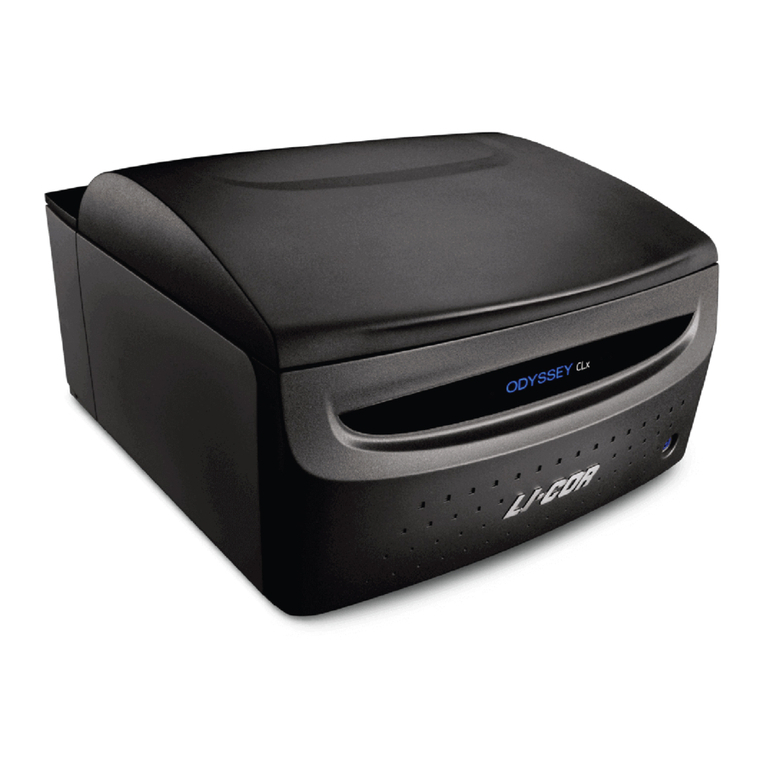
Chapter 1: Installation and Safety Information
Safety Considerations
Intended Use of the Odyssey M Imager
The Odyssey M provides reliable data for membranes, plate-based assays, slides, nucleic acid gels, and
protein gels. The Odyssey M is versatile and can capture assays in 18 channels, including white light,
luminescence (bioluminescence and chemiluminescence), and fluorescence (near-infrared / visible).
Odyssey M Model Numbers (3340 and 3350)
Odyssey M Model 3350 and Odyssey M Model 3340 are the same, except that Odyssey M Model 3350
contains hardware that allows it to image chemiluminescence. See "Imaging System Specifications"
on page47 for details.
Laser Safety
The Center for Devices and Radiological Health (CDRH) was established in October 1982, by the
U.S. Food and Drug Administration (FDA) to protect the public health in the fields of medical
devices and radiological health.
Manufacturers of products subject to performance standards under the Radiation Control for Health
and Safety Act of 1968 are required to furnish various reports to the CDRH.
The Odyssey M is certified as a Class I laser product. This means that hazardous laser radiation is not
emitted outside the instrument. Radiation emitted inside the Odyssey M is confined within protective
housings and external covers. A series of safety interlocks ensures that the laser beam cannot escape
during any phase of user operation.
The CDRH implemented regulations for laser products on August 1, 1976 (CDRH radiation
performance standard 21, Code of Federal Regulations Chapter 1, Subchapter J). Compliance for
products marketed in the United States is mandatory. The label that must be attached to laser
products marketed in the United States is illustrated in Figure 1-2 and is located on the rear panel of
the Odyssey® M, indicating compliance with CDRH regulations.
WARNING: Use of controls or adjustments or performance of procedures other than those specified
herein may result in hazardous radiation exposure.
AVERTISSEMENT: L'utilisation des commandes ou le réglage ou la performance des procédures
autrement qu'il a été indiqué dams le présent texte peut résulter en de dangereuses expositions aux
radiations.
The manufacturer label is illustrated in Figure 1-2 and is also on the rear panel of the instrument.
Odyssey® M
Imager
Page 9
